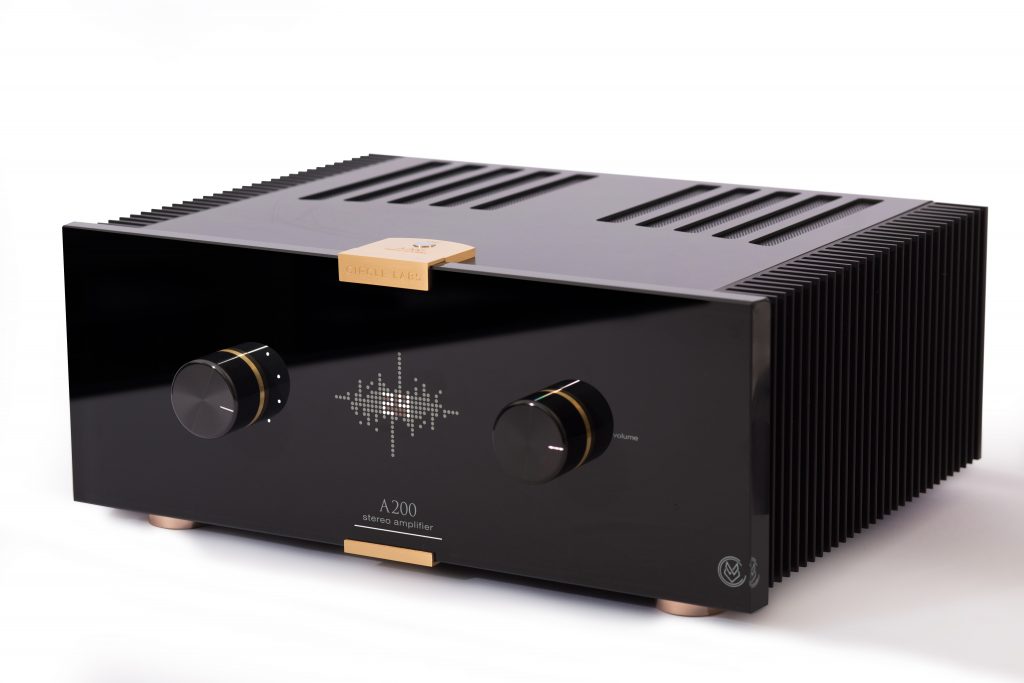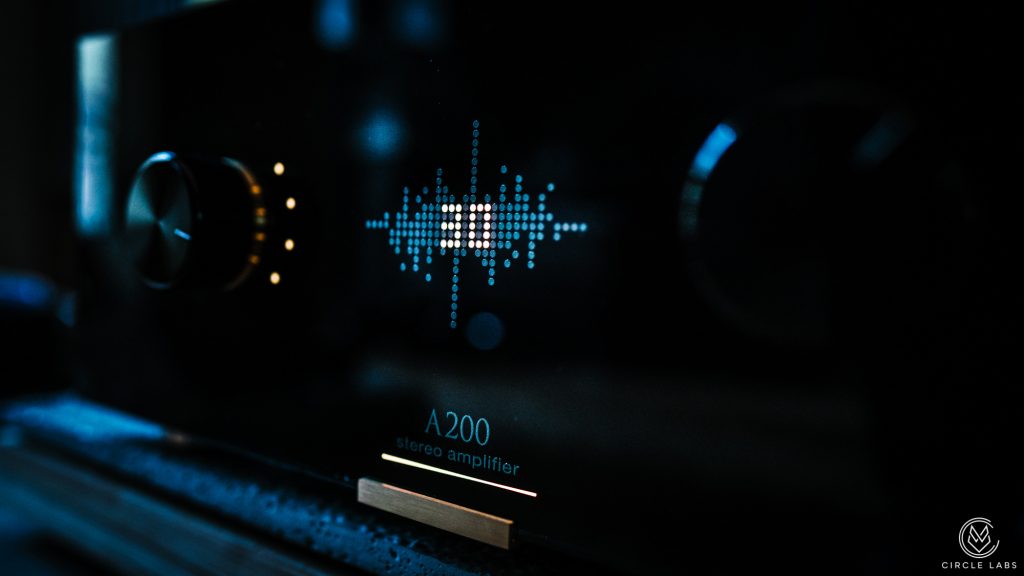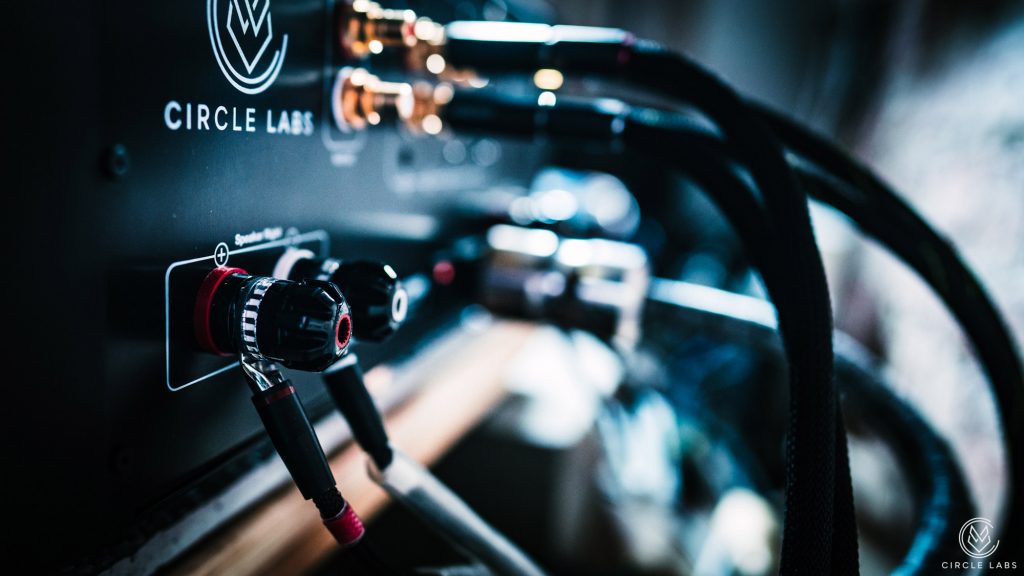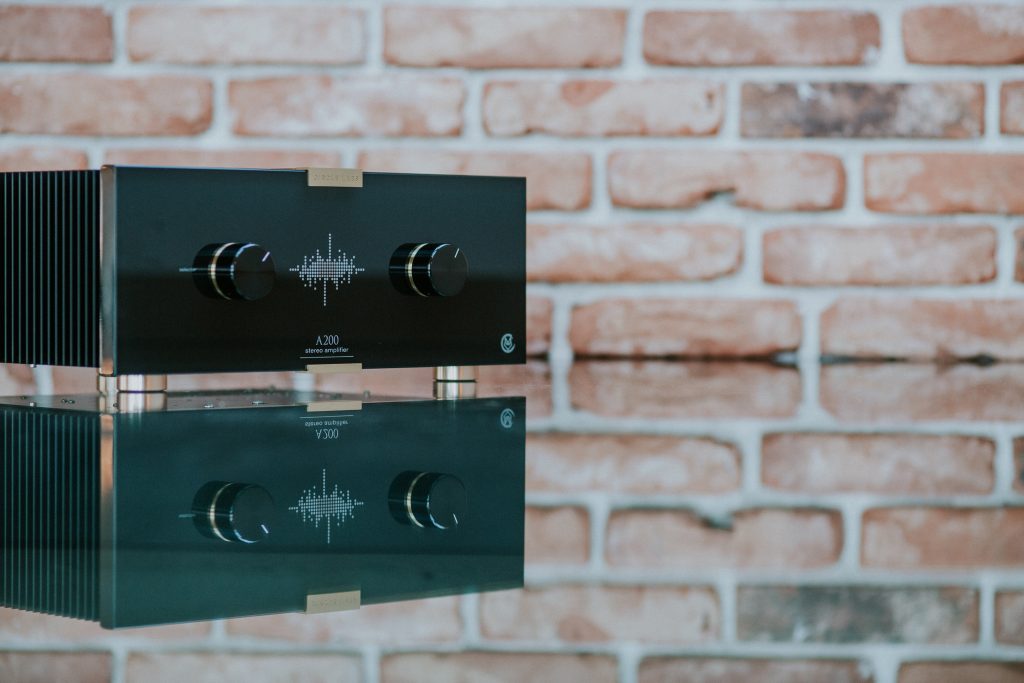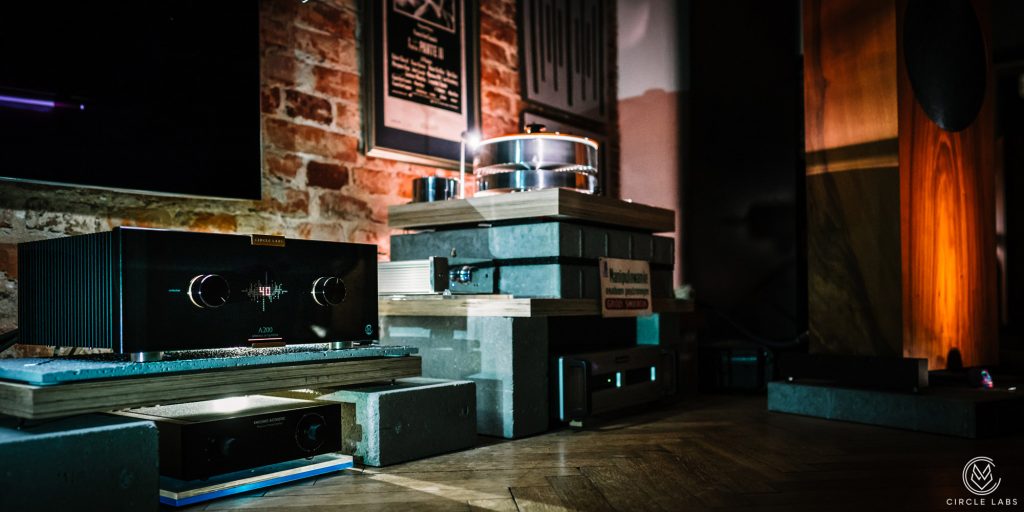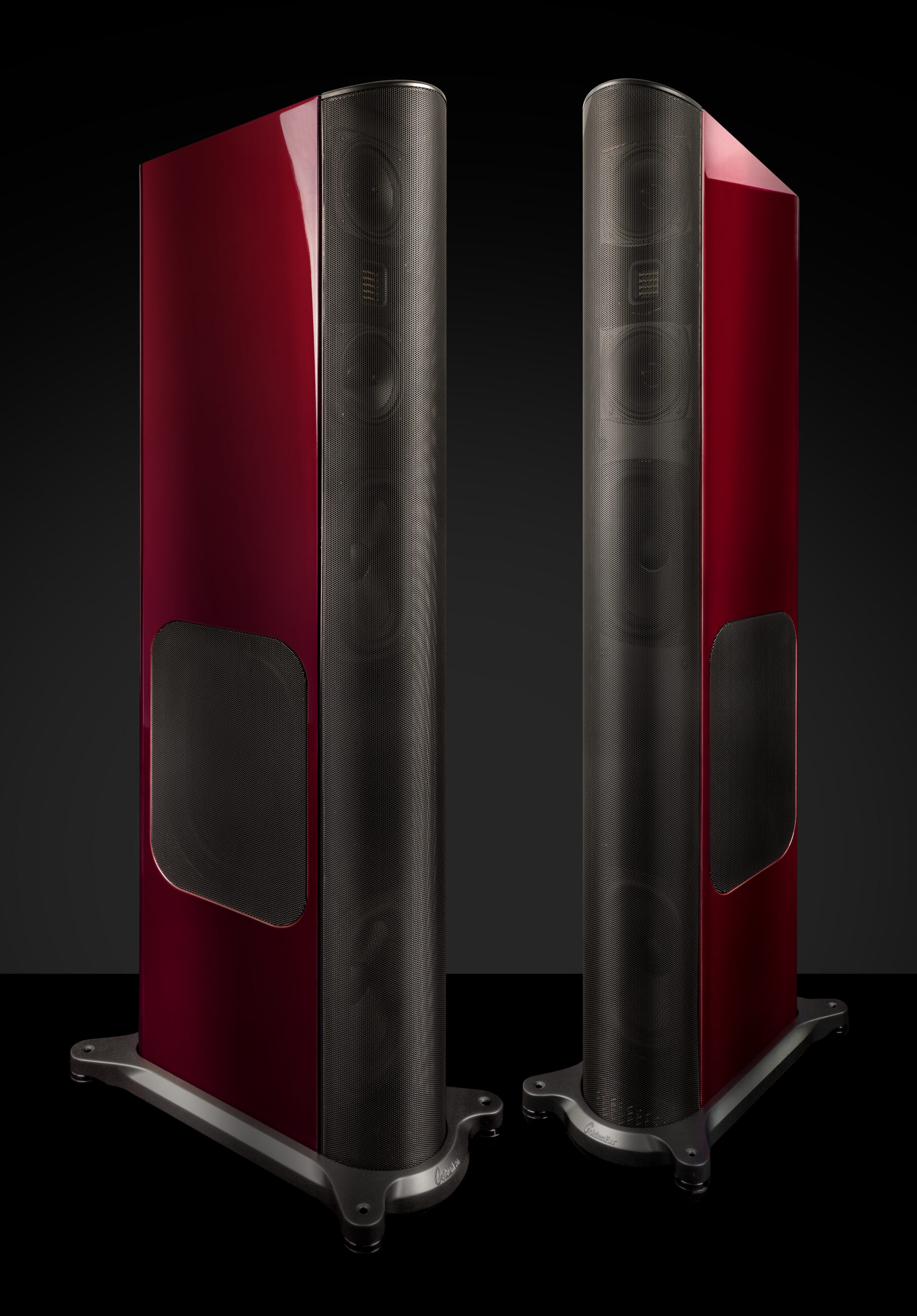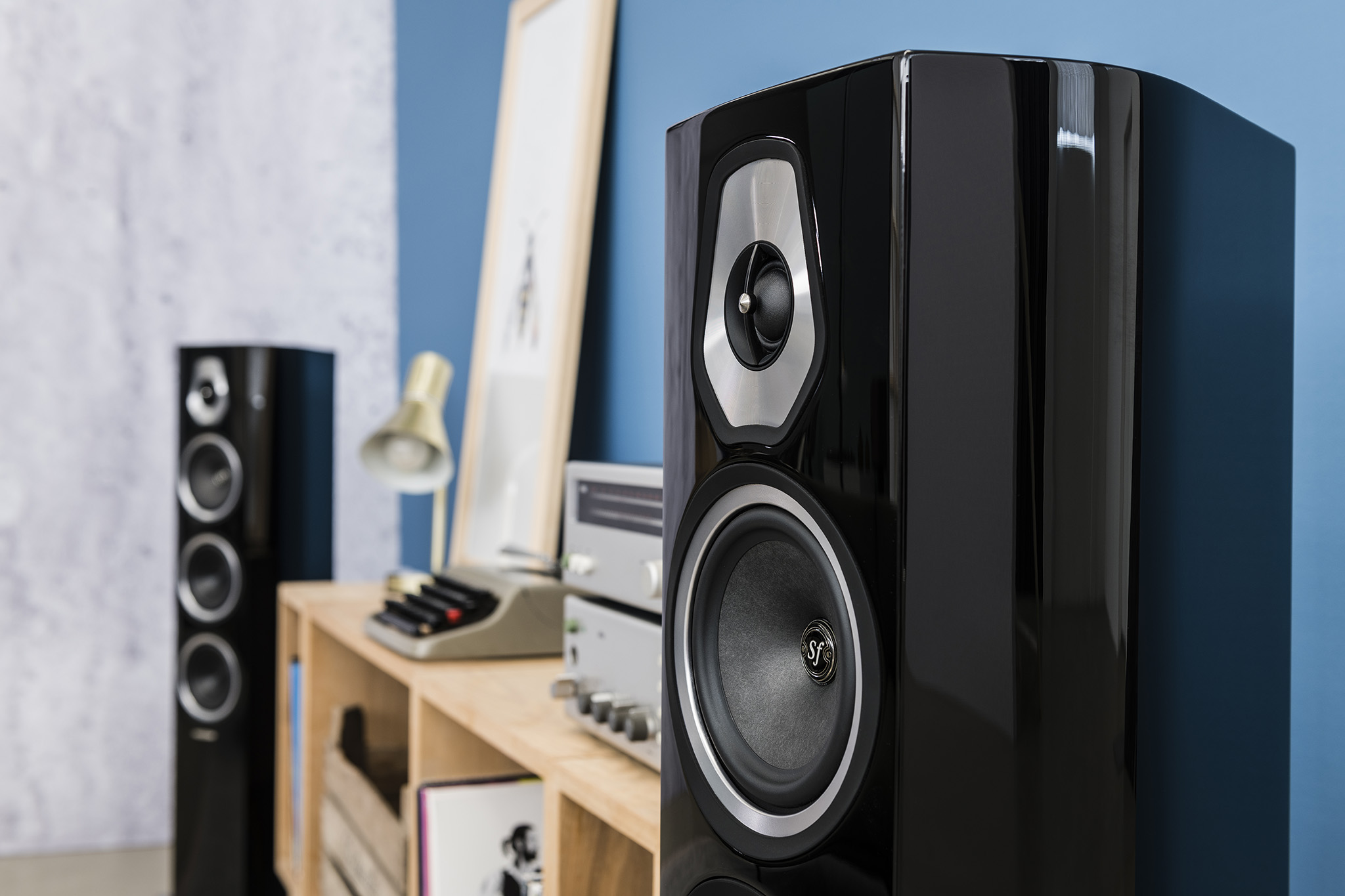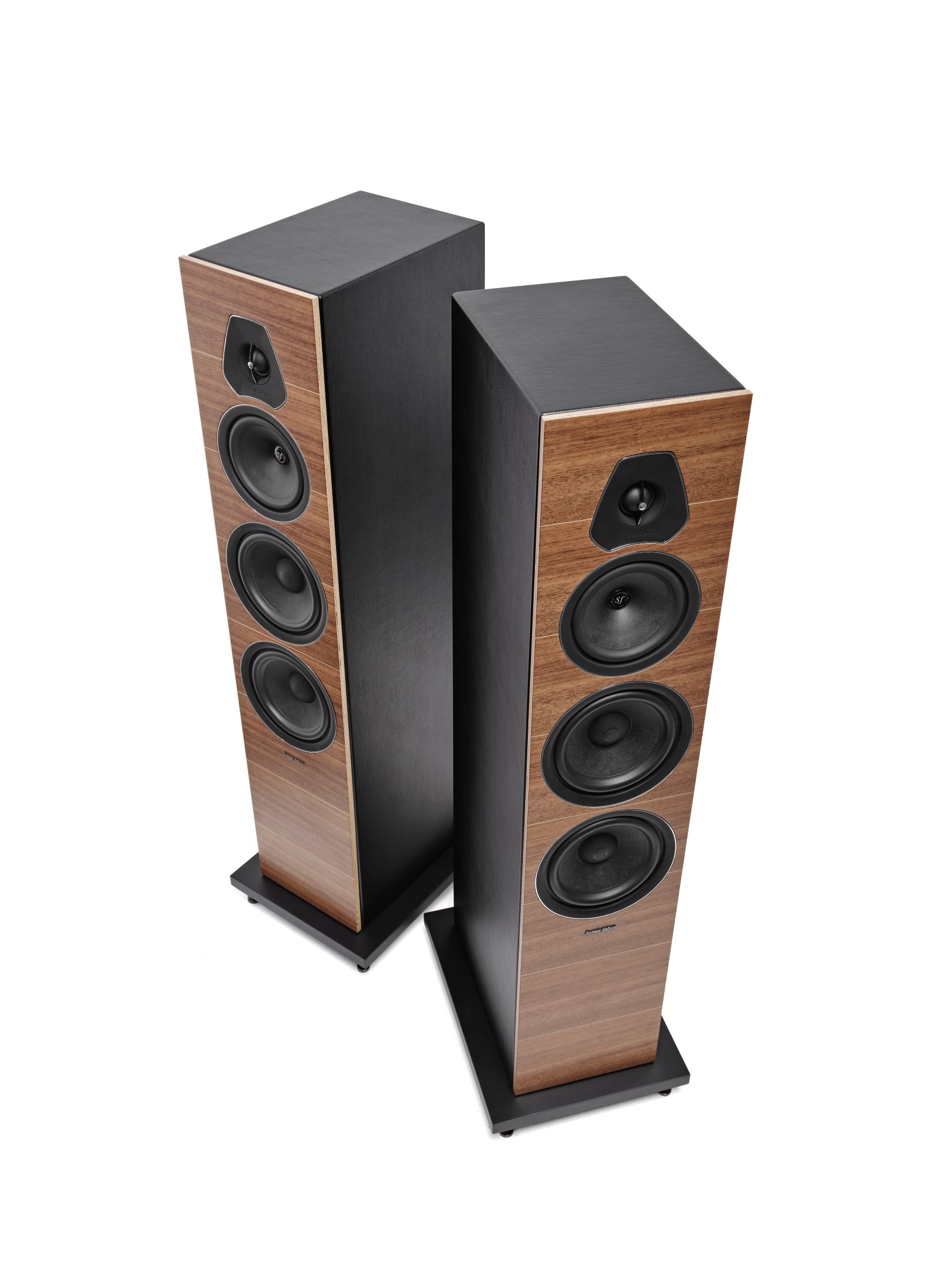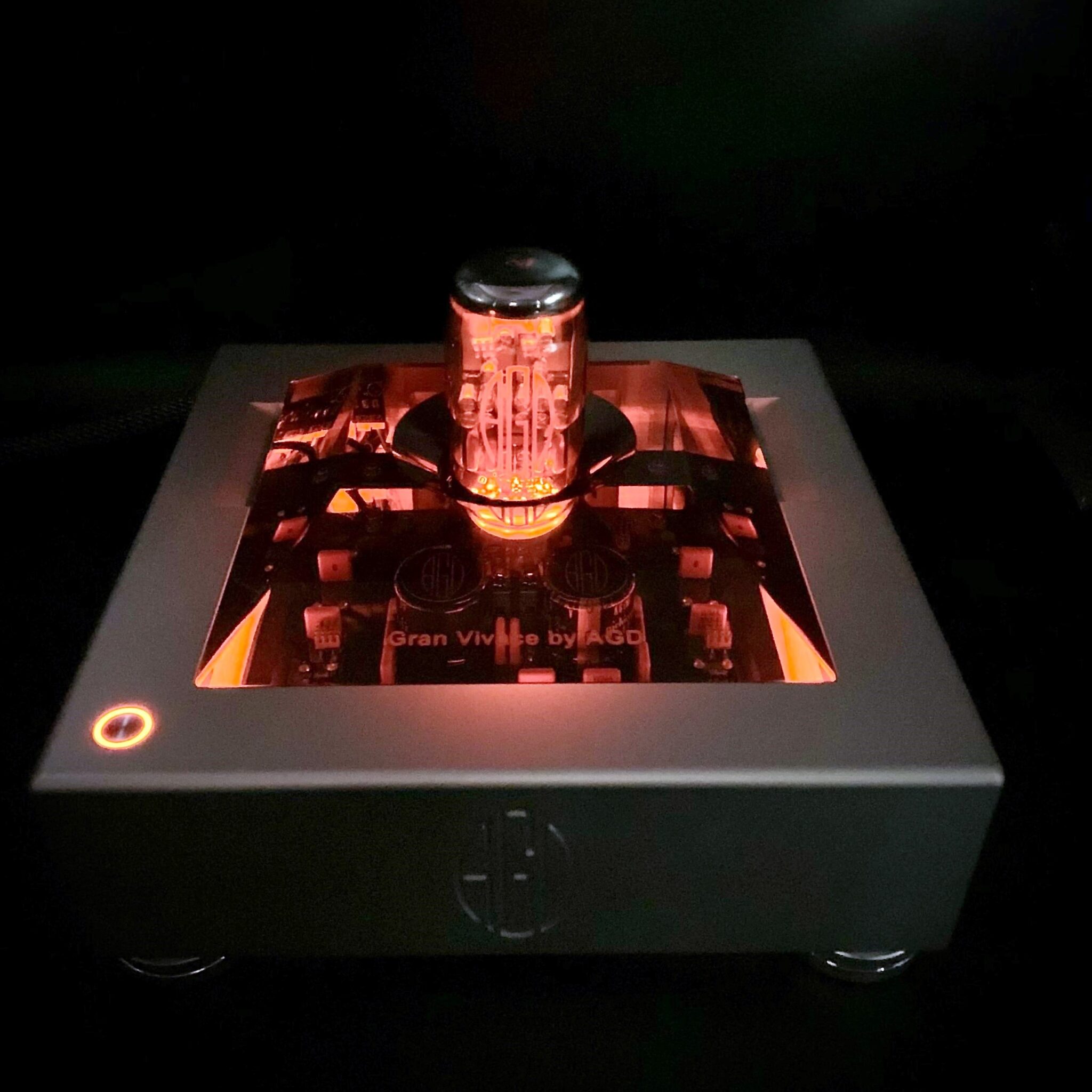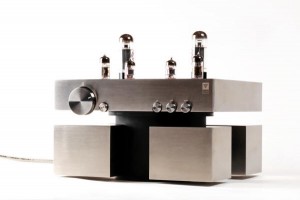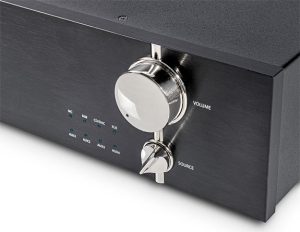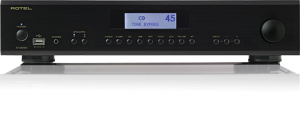Gratitude, or the expression thereof, is a universal struggle today. There is a lot going on, and we all are a little on edge, are we not? Billy Joel described it right in 1989 when he said so eloquently: "We didn't start the fire." Music is a great way to break the firefighting that goes "on and on and on and on," and while we all become grateful for the songs that get us through, at times we miss that same gratitude for those who spend a great portion of their life dedicated to making our music better. Today, I am grateful for those who labor tirelessly at Circle Labs of Poland, and their A200 integrated amplifier (HERE).
Elegance
Listening with your eyes first is a real phenomenon. It is a concept that is often denied as an influence to our listening enjoyment, but this little-discussed quirk has nothing but upside. We dim the lights, we put baubles and trinkets in the empty spaces of our equipment racks, we put up a picture of a jazz trio, ocean, or a sunset. These things represent everywhere we would like to be, who we would like to be, or perhaps these are things we are grateful for.
This is where our listening starts. Circle Labs has an extremely good grasp of this concept and has made the A200 integrated amplifier a beautiful piece. It is easy to fall in love with the thick, glass front panel. The display which is a beautiful, non-intrusive, cool white, gently glows from behind a technically artistic art feature on the front panel.
The display is made up of only two characters which are easily visible to my middle-aged eyes at fifteen feet. I "geek out" over design simplicity like this. A similar light is used for four small dots that represent the inputs on the selector. They are inputs 1-4 from top-to-bottom. I am ok with the lack of input labels since a number scheme, or extra wordiness may have ruined the beauty of the A200.
The gold accents are a nice touch, too. The gold is used wisely, and has a nice, warm glow when I turn down the lighting in my listening dungeon to focus on the music. Circle Labs has found a visual way to set a lovely stage for serious listening, even before the A200 makes its first sound. As the pendulum swings, however, elegance can turn into oversimplification. The A200 provides only a single balanced input which may present a problem for some.
I came of musical age during the time of the compact disc, and have since loaded my music collection onto a music server. Sure, I have a humble Rega P3 plastic spinner, however I do not use a phono stage that has balanced outputs, so a single balanced input was of little consequence for me. I used the Bricasti Design M1 Streamer/DAC (HERE) into the A200's lone balanced input.
Re-focusing on elegance: It was apparent that the A200 integrated amplifier was just that: An integrated amplifier. This is a strange statement; however, it is almost an expectation that today's integrated amplifiers must have built-in DACs, headphone amplification, phono stages, crystal balls, and a bung wrench. Perhaps not the last two items, but there has been a departure from the original concept of an integrated amplifier (preamplifier and amplifier in one chassis), and an increased number of features has become the paradigm. A lot is not always better, and when the focus is spread thin, it becomes easy to do complex tasks OK, but not great. Circle Labs understands this key concept which was generously applied in the design of the A200: Less is more. It shows, too, in the sonic result.
Great People and Serious Technology
There can be many layers to a product evaluation. Once the listening is complete and questions are pondered, it comes time to figure out how any given piece of equipment "ticks" (aside from the signature sound of resistor ladder attenuation). One of those ways to find out, as with the A200, is working through the product importer who will then communicate directly with the product designers.
Colin King of Gestalt Audio (HERE) in Nashville, TN imports the Circle Labs products. Like many of us, Colin has had some ups and downs while looking for the sound that would keep his ears happy…Especially on the higher end of product lines. As Colin stated: "If you purchase a Ferrari, you should both expect and receive world class service and support. You're paying for it."
Colin's story continues to mimic many of the better-quality individuals I have met along my journey. Good attracts good, and Colin was soon surrounded by a group of music loving audio enthusiasts who were able to elevate each other. I personally enjoy, and am grateful for these stories because it is this very channel, which we are fortunate enough to have, that delivers us the beauty within music we all desire.
Through some long-winded e-mail banter, Colin quickly involved Krzysztof Wilczyński, the lead designer responsible for Circle Labs "Circle Power" topology, and chief engineer behind the A200. My initial impressions of the A200 were astounding. This modest sized integrated amplifier's performance was akin to the famous saying from the legendary boxer Muhammad Ali: "Float like a butterfly, sting like a bee…" I had to understand why! The usual specifications can be found HERE.
Hybrid integrated amplifiers are not a new concept. A tube preamplifier section feeding a solid-state current amplifier gives you the best and worst of both worlds. Circle Labs sought to eliminate the worst by taking elements from the best performing tube circuits, and the best sounding solid state circuits, and simplifying these circuits as much as possible to make a concise, uncongested signal path.
The preamplifier stage uses a single, dual triode tube for each channel. The Siemens ECC8100. This tube is no longer manufactured, however unlike semiconductors now, these tubes are readily available and Circle Labs has their own cache to keep their customers happy for years to come. Plus, the tube has a life expectancy of 10,000 hours. Listening 25 hours per week would yield a lifespan a little over seven years, longevity is certainly not a concern.
For each channel, one side of the ECC8100 is used in a single-ended, class-A configuration. Circle labs has found a way to keep the single-ended configuration stable without the need for additional resistors on the cathode. Circle Labs utilizes a long-life, specialized battery to provide a polarizing voltage to the grid. This battery should be changed with the tubes. The result is a four-component preamplifier that accurately preserves the dynamics of the input signal while providing an extremely wide bandwidth. The single resistor, and single high quality film capacitor in the signal path is a brilliant example of design elegance and simplicity.
Once the preamplification section of the A200 makes the pithy input into something worth amplifying, the useful signal then hits another uniquely designed power amplification section. Power amplification is typically done with multiple pairs of transistors, however in the A200, only a single, high-power pair is responsible for 100 watts into 8 Ohms, and 200 watts into 4 Ohms. For years, it has been widely accepted that the fewer output devices, the higher quality the sound. It does seem logical to use fewer devices, but this presents its own design challenges in the form of stability, available output, and the required component robustness.
BJTs (Bipolar Junction Transistors) can be a bit of a pain to work with. They offer high current density, a large bandwidth in which their gain can work, and superior high frequency performance over other types of transistors, but this advantage comes at the expense of being difficult to control with a potential for more noise.
It is no surprise that Circle Labs found its way around these challenges too. Controlling the signal amplification BJTs, is a single-ended, class A solid state amplifier. This driving amplifier provides a "steering" current for the output devices. Keeping the BJTs under control requires this circuit to have a higher biasing current than the amplification stage itself! Ultimately, the signal that ends up as the output to the loudspeakers remains in a very short path through the single pair of BJT current amplification devices, thanks to Circle Labs innovative design work.
All this power requires a significant power supply, and the Circle Labs A200 is no slouch in this department, either. It utilizes a true (separate transformers, not just filter/DC conversion stages) dual-mono design to feed the power amplification with 200,000uF of filter capacitance. This is only 25% shy of my Bricasti M15 power amplifier (HERE), and 40% more than the Parasound Halo A21+(HERE) which touts greater than double the A200's power rating! In other words: The power supply is not the limiting factor of the A200, and this supply is ready to take advantage of the BJT's extremely low output resistance of 0.016 Ohms.
Bass control? Yes. Doing some quick math if we take a loudspeaker that is 8 Ohms, and divide it into a 0.016 Ohm output resistance (assuming no cable resistance), the result is a damping factor of 500. Some tube junkies will wrinkle their nose and argue that high damping factor is not the end-all of bass quality, however I have personally found it to directly correlate to low frequency control (not necessarily overall bass quality) when using large and demanding loudspeakers.
Listening
The Circle Labs A200 performs to the ear. Sonically speaking, the A200's overall performance is on par with the Gryphon Audio Diablo 120 integrated amplifier, which runs $2200 USD more expensive in its vanilla form, and with sprinkles on top, The Diablo 120 will run $6450 USD over the A200. The larger number includes the DAC module in the Diablo 120, and call me old fashioned, but I would rather have a separate component at that price point.
In short: When it comes to performance, the A200 is a very good value at $8995 USD. This is not the kind of value that has toed the laws of entropy to make something that is overall good by playing averages, rather, the kind of value that truly performs at a higher level than its price would indicate. Here are a few highlights:
Pulling up Lisa Ekdahl's When Did You Leave Heaven on Qubuz as my first listen yielded quite the surprise. On this album, Lisa fronts the extremely talented Peter Nordhal Trio. The trio's understated, but beautiful playing highlight Lisa's dynamic and expressive vocals with flawless synergy.
The title track "When Did You Leave Heaven," absolutely poured into my listening space with a soundstage that appeared to have limitless width and depth. I knew I was listening to something special when the breath of the first word Lisa gently sings, "when," revealed itself with such texture and harmonic correctness, it was as if I felt her whispering in my ear.
Yeesh. That was quite an embellished paragraph, however I am not often caught off guard by the performance of electronics. Since I plan for the worst and hope for the best, I tend not to have expectations going into a listening session. The A200's performance was a wonderful surprise!
A surprise such as this does not come from a single performance aspect. The bass has impeccable control, and micro-dynamic inflections such as the finger-release of the strings were well preserved. The bell-to-body resonances of the cymbals were harmonically rich. Finally, the piano resolution, texture, and dynamics were as good as many expensive separate preamp/amp combos I have heard.
Speed and control were confirmed on the eighth-note laden track, "Just One of those Things." The succinct dance of the drums and bass were well resolved and staccato, yet they did not overshadow Lisa's minor vocal changes and inflections. The bouncy piano solo toward the middle of this up-beat piece never lagged as notes were raced through and chords were tapped with no sustain. Finally, the small drum solos were quick and light, with the body of each drum captured in whole, punctuated by quick but rather hard hits of the bass drum.
Another stand-out for the A200 was Peter Gabriel's 24 bit version of Up. "Sky Blue" is a very sentimental song that captures quite a range of emotion both lyrically, and musically. "Sky Blue" also has a tremendous range from a gentle, but thunderous bass drum, to breathy chorus vocals…And why not throw a piano in there for good measure?
The A200's bass control was apparent on my 4-way loudspeakers with dual 10" woofers. The huge bass drum was taught, and controlled. Once the sliding bass line was added over it, the two danced together instead of becoming a cobbled mess. I have heard many high power, expensive amplifiers get stumped by this musical masterpiece, however the A200 did just dandy.
The choral vocals floated with tremendous breathiness and were spread well beyond the speakers in the sound stage. In the second verse, a walking-paced beat grounds the music. While I felt it may have not been wholly dynamic as I am use to, it certainly was not missing anything and I found my head nodding to the music.
Another challenge this complex piece throws at the listener is the difficulty of distinguishing the electric jazz guitar from the piano. This challenge only occurs a few times through the piece, however, when a system can present the sound with the proper harmonic correctness (as with the A200) this task becomes easy and enjoyable.
I found the remainder of Up to be just as delightful as "Sky Blue." The A200 certainly had a very sweet presentation, but it was not at the expense of anything else. I believe this sonic character has always been the goal of hybrid integrated amplifiers, but the A200 is the first one where I have ever heard this goal accomplished; Without compromise to solid state control, or tuby-gooey-goodness. Yes, that is my own term…
Even at its extremes, the A200 fares well. John Williams composed the soundtrack to the movie Rosewood in 1997. This soundtrack provides a stunning recording of an orchestra, soulful playing and singing, and thunderous dynamics. The title track, "Rosewood," is gripped by the A200's control from the first electric bass guitar note.
Rosewood is eclectic, too. Varying solo instruments including piano, melodica, Spanish guitar, and even accordion lace themselves well through what appears to be a soundtrack full of purpose. Unfortunately, I have not seen the movie. Regardless of how large the orchestra, or well-recorded, breathy strings would get, the A200 was able to hold the integrity of the delicate details in the music.
With my largest and most dynamic loudspeakers, "The Town Burns" was able to push the A200 to its limit where I felt the dynamics were not quite as extreme as they needed to be. It took ungodly volume levels to get there (peaks over 105dB at three meters) in an over-driven room, so I cannot feel bad about this miss. At all reasonable and high volumes, save the most extreme, the A200 truly shows what it means to be an extremely well-engineered piece.
Wniosek
The Poland-born, Circle Labs A200 Integrated amplifier is truly a value in the sea of high-end integrated amplifiers. It's utilitarian approach of quality over the "jack of all trades" type of approach, allows Circle Labs to have an extremely high-performance piece while keeping the price a reasonable $8995 USD.
The A200 certainly has a sonic character. This smooth-as-honey sonic signature is certainly not at the expense of the music in any fathomable way, but it is there. Perhaps this may not please those who only listen to signals, but I believe even purists would be thankful for the A200's signature. This sonic character allows for hours of enjoyment without sacrificing the integrity of the musical message, or the instruments themselves.
Circle Labs has accomplished quite a feat with the A200. I am grateful I got to experience this piece and it would find a place in my system if my system was not already well established. For this, I can only give the Circle Labs A200 my highest recommendation.
Well, we part again… The first bands of Hurricane Henri have just swept up and through my coastal town. While I batten down hatches, and finish some final preparations for potential days without power, I wish you all happy listening, and please get some listening in for me!
Circle Labs A200 Integrated Amplifier
Retail: $8995
Circle Labs
Osiedle Złotej Jesieni 9/93
31-826 Kraków
+ 48 600 266 991
US Distributor
Gestalt Audio Design
Nashville, TN
615.838.7178




